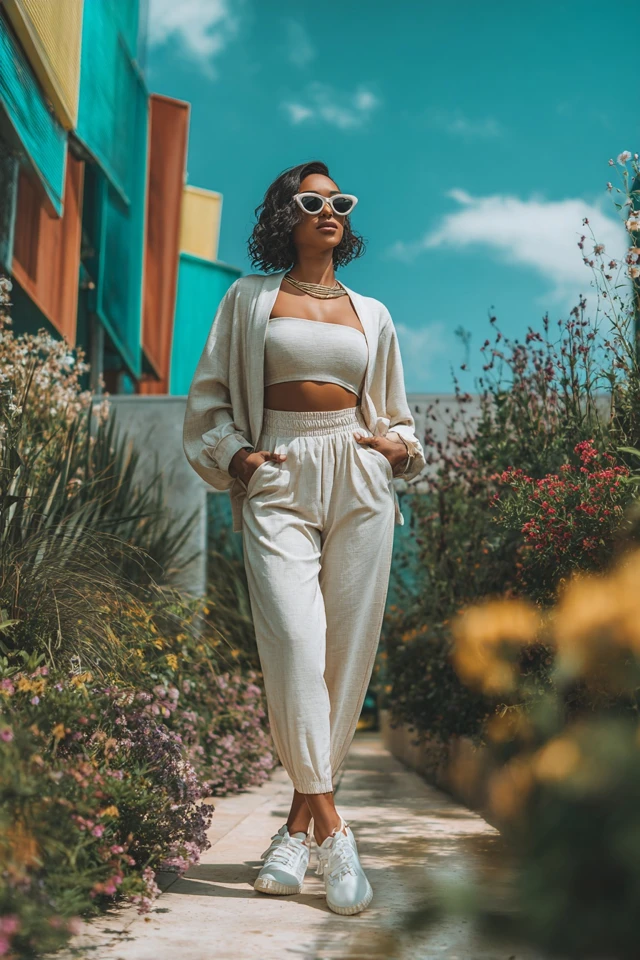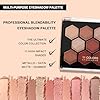Introduction
There’s a quiet power in choosing a palette that whispers rather than shouts. I remember stepping into a sunlit café one crisp morning, wrapped in a soft beige cashmere sweater layered over cream-toned trousers. The ease with which I felt embraced by both warmth and understated elegance reminded me why casual neutral tones hold such transformative magic in fashion. These hues effortlessly blend sophistication with comfort — a sensory harmony that soothes and uplifts.
In my years as a fashion designer and color psychologist, I’ve witnessed countless clients unlock newfound confidence simply by embracing neutral tones. Contrary to popular belief, dressing in neutral colors does not mean sacrificing vibrancy or personality; instead, it harnesses subtlety to enhance presence, allowing individuals to project polish and authenticity in everyday settings. The understated sophistication of neutral hues can convey approachability, professionalism, and timeless style, making them an invaluable tool in dressing to impress.
About the Author and My Trend Boutique
Exploring casual neutral tones is more than a style choice — it’s a conscious decision to harness the emotional resonance of color and craft a wardrobe that aligns with your identity, mood, and aspirations. This guide dives deep into the psychology behind neutral tones, practical styling tips, and trend insights that will inspire you to master casual neutral looks that are as dynamic and enduring as the women who wear them.
Foundational Concepts
To truly embrace casual neutral tones, it’s crucial to understand the core concepts underpinning their allure and impact. First, color psychology shapes how we and others perceive color in clothing. Studies reveal that neutrals like beige, taupe, ivory, and gray foster feelings of calm, reliability, and elegance—qualities that subtly influence social interactions and self-confidence.
Trend forecasting plays an equally important role. Fashion professionals analyze cultural shifts, technological innovations, and historical cycles to predict which hues and silhouettes will resonate. Currently, there’s a strong shift toward sustainable, timeless pieces rooted in neutral palettes, signaling a collective desire for longevity and mindful consumption rather than fleeting fast fashion.
Finally, dressing to impress transcends wearing designer labels or following trends rigidly. It’s about curating a personal style that communicates competence and comfort, allowing your authentic self to shine through. Neutral tones provide a perfect canvas for this—serving both as an adaptable base and a quiet yet powerful style statement. When combined with thoughtful grooming and purposeful accessorizing, they pave the way for effortless elegance.
Picture Gallery
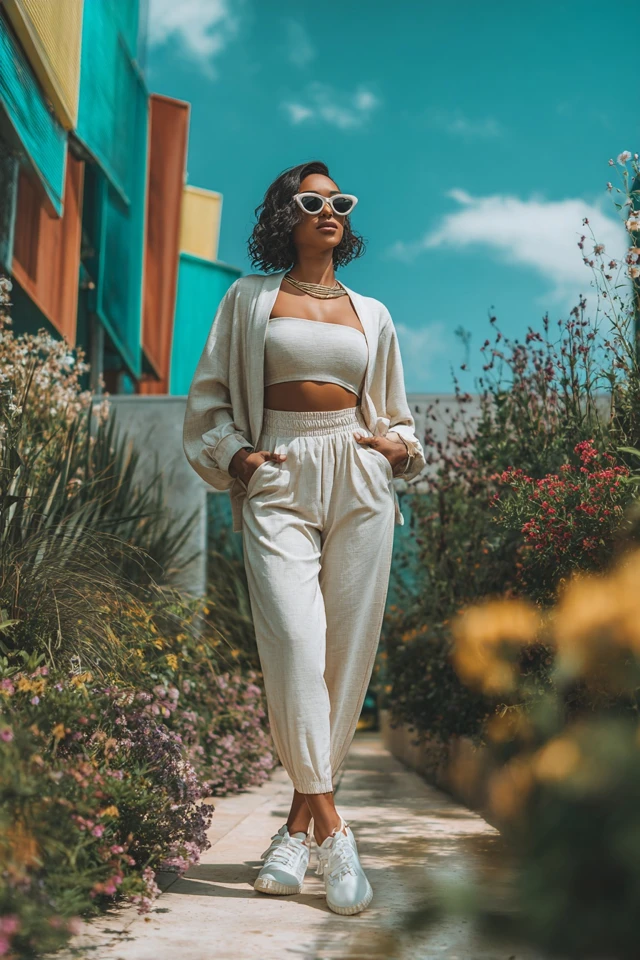
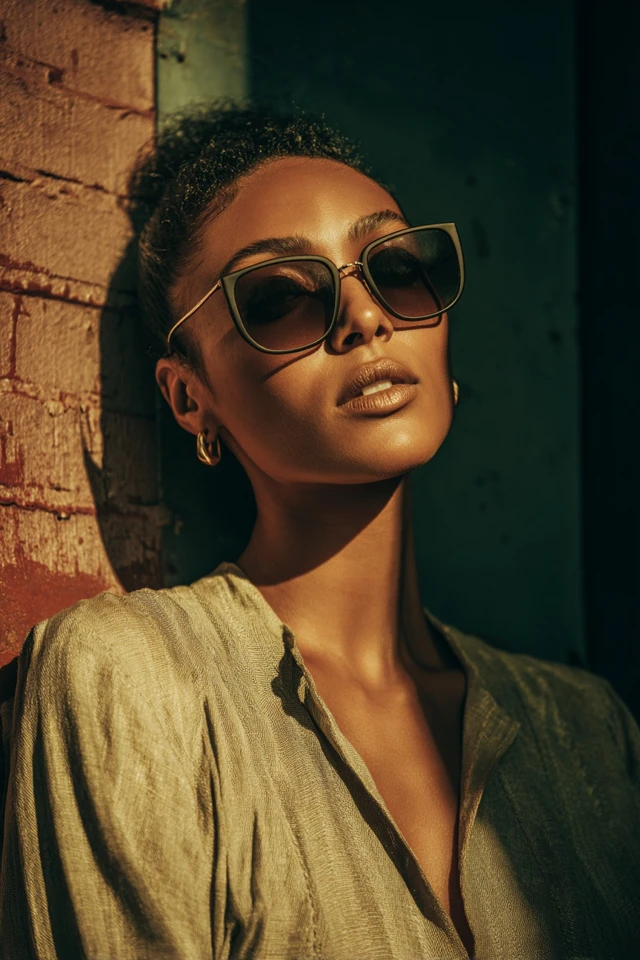
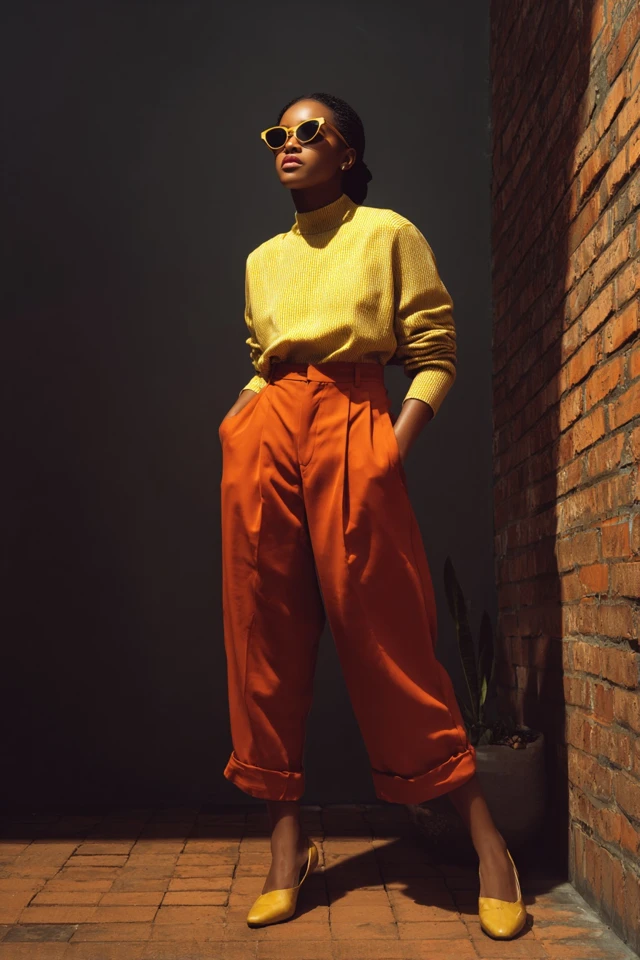
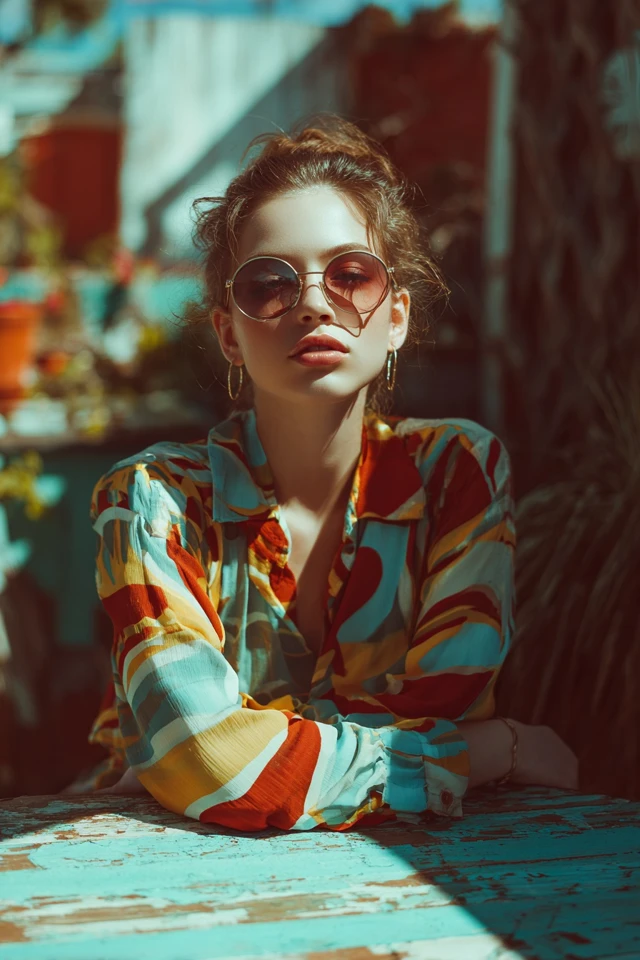
Color Psychology & Emotional Impact
Colors act as nonverbal cues, influencing first impressions and sustained perceptions in subtle yet profound ways. Neutral tones, in particular, evoke calmness and timelessness, directly impacting mood and interpersonal dynamics. For instance, soft beige and cream inspire warmth and approachability, making them perfect for social outings or casual work environments where rapport matters.
Research in color psychology underscores that wearing muted earth tones can lead to increased feelings of groundedness and composure. This emotional impact extends beyond the wearer: neutral palettes suggest trustworthiness and professionalism, essential traits when making a memorable positive first impression. This is why recruiters often recommend neutral business attire—it signals seriousness while remaining non-intimidating.
Moreover, neutral hues are remarkably versatile across psychological states. On days when confidence dips, slipping into a tailored, neutral-toned outfit can act as a subtle armor, reinforcing a sense of control and poise. This creates a feedback loop where feeling confident enhances how you carry yourself, which in turn alters how others perceive you. Understanding this dynamic empowers you to use color strategically as a tool of self-expression and emotional regulation.
Personal Style & Body Type Considerations
Neutral tones are universally flattering, but tailoring your choices to your unique body shape and complexion elevates their impact. Silhouettes that complement your natural lines paired with suitable fabrics and hues can boost confidence and comfort.
- Hourglass Shapes: Emphasize your waist with structured neutral pieces like belted trench coats or fitted knit tops. Creams and soft browns in draped fabrics bring softness without hiding curves.
- Apple Shapes: Opt for A-line trousers and tunic tops in cooler neutrals like slate gray or soft charcoal. These shades create a slimming effect around the midsection.
- Pear Shapes: Balance your proportions with lighter neutrals on top—think off-white blouses—and deeper neutrals on bottoms, such as camel or mocha skirts. Structured shoulders help create visual equilibrium.
- Rectangle Shapes: Introduce layers and textured neutrals to add dimension—chunky knit sweaters in oatmeal or sand can create curves illusion while maintaining simplicity.
Complexion also guides which neutrals resonate best:
- Warm Undertones: Embrace golden-beige, caramel, and ivory to highlight natural warmth.
- Cool Undertones: Lean into cool greys, stone, and soft taupe to complement bluish or pinkish skin hues.
- Neutral Undertones: Experiment broadly across the neutral spectrum to find personally uplifting shades, often benefiting from slight contrasts.
For an easy personal style check, ask yourself:
- Which neutral tones make my complexion glow?
- Do certain fabrics feel more comfortable and flattering on my shape?
- Am I drawn to minimalist or more textured, layered looks?
Reflecting on these questions fosters self-awareness in wardrobe curation, ensuring your casual neutral looks feel genuinely you.
Current Trends & Timeless Classics
The fashion landscape continuously evolves but neutral tones remain a perennial favorite, seamlessly balancing innovation and tradition. Current trends prominently feature earthy beiges, creamy whites, and muted olives alongside tactile materials like linen, suede, and organic cotton. This highlights a growing shift toward sustainability and authenticity.
Seasonal favorites include oversized blazers in soft camel, wide-leg trousers in oyster whites, and flowy midi skirts in subtle clay tones, merging comfort with polished elegance. Pairing these with classic pieces—such as a crisp white button-down or structured leather loafers—ensures longevity beyond seasonal whims.
Additionally, minimalist accessories in brushed metals or matte finishes are gaining traction, complementing neutral attire without overpowering it. These staples enrich casual neutral wardrobes by injecting subtle personality while maintaining versatility.
By integrating trending silhouettes and sustainable materials with timeless neutral colors, you create a wardrobe that is both modern and enduring — a true reflection of thoughtful dressing to impress in today’s conscientious style world.
Practical Tips & Recommendations
Building and maintaining a casual neutral wardrobe can be both fun and strategic. Here are practical ways to start:
- Invest in Quality Basics: Prioritize fabrics like cotton, wool, and cashmere for durability and comfort. Look for well-cut neutral tees, sweaters, and tailored pants as foundational pieces.
- Experiment with Layering: Mix textures such as a soft knit over a crisp cotton shirt or pair wide-legged trousers with cropped cardigans to create interest in a neutral outfit.
- Accessorize Smartly: Incorporate belts, scarves, or handbags in muted tones such as taupe and stone. These elevate a simple look while remaining in harmony with the palette.
- Maintain Your Wardrobe: Use gentle detergents designed for delicate fabrics, store knits folded to prevent stretching, and rotate pieces seasonally to extend garment life.
- Color Combinations to Try Now:
- Soft beige sweater with light gray trousers and ivory sneakers
- Camel trench coat layered over cream blouse and mocha slacks
- Charcoal turtleneck with off-white denim and tan ankle boots
Approach shopping with a curated checklist focusing on neutrals that complement your style and body shape. Avoid impulse buys that disrupt cohesion. You’ll build a polished, flexible wardrobe that invites endless mixing and matching without feeling repetitive.
For visual aids, including color swatches of trending neutrals alongside clothing examples can guide your selections and inspire creative combinations.
FAQs
- Q: How do I find my signature neutral tone?
A: Begin by experimenting with soft fabrics in a range of beige, gray, and ivory shades alongside your skin. Notice which hues make your complexion appear brighter and your mood lift. Your signature tone often feels the most natural and flattering. - Q: Can I incorporate color psychology when dressing casually?
A: Absolutely. Even in casual settings, neutral tones promote calmness and professionalism. Combining them with subtle pops of color, like soft blues or muted pinks, can balance relaxation with emotional vibrancy. - Q: How can I refresh a neutral wardrobe on a budget?
A: Focus on high-impact pieces like statement coats or versatile knitwear. Swap out accessories seasonally and prioritize quality basics that last multiple seasons. Thrifting and sustainable brands also offer affordable options. - Q: What are the essentials of a capsule wardrobe using casual neutral tones?
A: Key components include neutral tees, tailored trousers, knit sweaters, a trench coat, versatile footwear, and minimalist accessories. This combination allows for numerous effortless outfit permutations. - Q: How do I layer neutral tones without looking washed out?
A: Use varying textures and shades within the neutral spectrum to add depth—think pairing a chunky oatmeal sweater with smooth taupe pants and leather boots. Pops of subtle contrast and accessories help define your silhouette.
Conclusion
Casual neutral tones offer a timeless, versatile foundation for any wardrobe—built on the principles of color psychology, personal style, and mindful trend adoption. By understanding how these hues influence mood and perception, you can dress not just to impress others, but to express your authentic self with confidence and ease.
Remember, style is an evolving journey. Don’t hesitate to experiment within the neutral spectrum, blending textures, layers, and silhouettes that feel uniquely you. As you embrace this understated elegance, you cultivate a wardrobe that supports your goals and reflects the best version of yourself daily.
I invite you to share your favorite neutral looks, pose questions, and subscribe for more insights on fashion’s intersection with psychology and personal expression. Together, let’s continue redefining what it means to dress thoughtfully, comfortably, and beautifully in this dynamic world of style.

